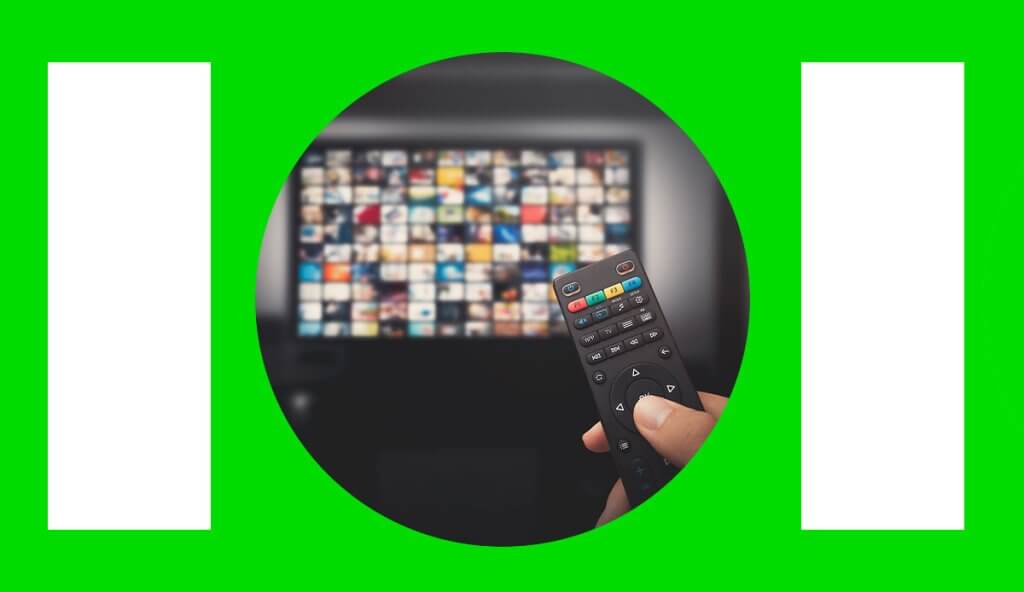Three maturing media channels to drive user acquisition

Streaming TV, TikTok, and Podcasts are some of the most exciting and rapidly maturing media channels available for advertisers seeking ways to drive user acquisition. To discuss these channels and more, Jonathan Yantz, Managing Partner joined Emre Kavaloglu, from Mobile Action, and Mark Hansen from Branch on a webinar: State of User Acquisition: Exploring the Alternatives. You can watch the full recording here, below are some of the highlights.
Advertisers that budget for the testing of new and emerging media channels are often ahead of the curve (and competitors) as those channels mature into the mainstream. Brands with test budgets often see advantages not just in terms of key learnings, but also understanding where these channels sit within their overall strategy and customer journey, and have a good understanding of how to measure/attribute them within the media mix.
All of this can set advertisers ahead of their competitors as these emerging channels mature and become more mainstream.
Not only that, ongoing changes to the tech landscape mean that advertisers have to be on their toes to test new channels as they emerge. At M+C Saatchi Performance we often find test budgets moving into evergreen tactics as campaigns are refined and results prove testing success.
Three media channels that have moved onto the media plans of many brands recently are; streaming TV, TikTok, and podcasts. It’s easy to see why. All three have experienced significant growth in customer engagement and improvements in their campaign management, which can lead to successful campaign results if strategized and set up correctly.
To discuss these three maturing channels Jonathan Yantz outlined some of the reasons why brands should consider testing these channels.
1. Streaming TV
According to Kantar, 115.6M U.S. households can be reached via video streaming, which is equivalent to a household penetration of 89% of the market. Clearly, this is a significant opportunity for advertisers to reach users through video streaming, via CTV or OTT.
“This is now a channel ready for prime time, with top players in the space maturing at a rapid rate. There is a lot to plan and strategize when considering adding streaming TV to the mix. For example, taking into account how to manage measurement and attribution as there is no one size fits all approach as yet. However, streaming TV should now be seriously considered by many advertisers, and we see campaigns performing well across sectors.” Jonathan Yantz, Managing Partner.
Historically, TV has been only available to brands of a certain size, i.e. those with significant spending power in terms of both media and production budgets. Streaming TV offers the potential to be more affordable and therefore opens up the format to a much wider set of potential advertisers.
This is evidenced in predicted media spend, with CTV forecast to grow at a rate of 27% in the US, compared to total media spend which is forecast to grow by 7%, and digital spend by 12%. There are still barriers to entry of course, especially for mobile-first brands. For example, developing creative fit for the big screen rather than a mobile device is an important consideration.
“Just because the technology is making the format more available, doesn’t make it easy, and having trusted expert partners to offer guidance is important. The landscape is complex, with multiple streaming TV platforms to be evaluated, but that should not overwhelm potential advertisers.”
Jonathan Yantz, Managing Partner
Example
The team was briefed to bring new users to an entertainment company – they are a streaming TV service themselves and the goal was to drive new users to sign up for their services. They are an AVOD streaming service so more users means better advertising revenue. We chose to run media on Roku and Apple Fire TV which led to a +574% increase in revenue and +24% improvement in cost-per-install efficiency.
The benefit of testing streaming TV:
“Streaming TV offers big-screen formats without the need for million-dollar budgets. We suggest starting with a test budget of around $25k a month to enable enough impressions and reach amongst testing groups. The granularity of targeting is also a huge benefit, if you really wanted to, you could target a single household. Some brands are even using UGC to develop creative impactful content without a huge production budget” Jonathan Yantz
2. TikTok & UGC
As of April 2023, TikTok had 150 million monthly active users in the U.S., with TikTok users spending an average of 1.5 hours in the app every day. That is a lot of potential to reach new users.
“There is still a stereotype of TikTok being Gen Z/younger users but it should not be discounted by brands targeting a wider demographic. There is a niche user and audience for every demographic or interest and therefore TikTok is worth considering for many brands.” Jonathan Yantz.
“At M+C Saatchi Performance, when planning a TikTok/Influencer strategy to drive User Acquisition we classify influencers and creators differently. There is of course overlap between the two groups, but also significant differences and we tend to think of them as two separate groups.”
Yantz continues: “Content creators can be anyone who makes and publishes digital content but they are generally skilled individuals who have expert content production experience whereas influencers, as the name indicates, also have an influence on their follower base, which can range from small to large. We often work with creators to produce assets for paid media with the approach that the creator brings their own style to the brand. Influencers on the other hand can post to their organic feeds and offer credibility. These different approaches enable brands with more flexibility in reaching their customers through native content.”
Creators are a good way to take an initial step into testing TikTok; many advertisers have small creative teams or a limited creative/production budget and therefore working with creators to produce content for channels can be effective. As TikTok says; ‘Don’t make ads, make TikToks’.
Leveraging a creative expert to create relevant content can be a win, allowing brands to stay on top of trends, work quickly to capture a moment, and work with an expert who knows the platform as well as the needs of the audience. You can then use this content as ads (Spark Ads) to promote the most highly-engaging content and that way be effective with budgets while driving engagement.
“Don’t forget YouTube and Instagram, these channels are really relevant, and it’s best to test and learn to find out what works for your brand”.
Jonathan Yantz, Managing Partner
Example
One client is a leading cash-back app that utilizes both influencers and creators. The strategy is to drive app installs and get member sign-ups. Over a few months, the team at M+C Saatchi Performance has tested multiple influencers and creators depending on the priority audiences, shopping categories, seasonality etc. In one campaign, they drove 39 million video views and a -7% lower cost per install goal.
“The best thing to do is to constantly experiment”
Jonathan Yantz, Managing Partner
The benefit of working with influencers
“There is such a wide and varied skillset available within creator and influencer communities that there is bound to be a suitable person for the majority of brands. Choose who you want to work with carefully – ideally those who will be long-term brand ambassadors. Remember to be open-minded regarding brand guidelines as audiences value authentic content. Run plenty of testing.”
3. Podcasts & audio
This could come as a surprise to some marketers but podcasts and the audio space in general are becoming increasingly useful for user acquisition. “Attribution methods are catching up. With ad formats developing and the plethora of podcast subjects available, not only are they becoming relevant to more and more brands, but we’re seeing great results from clients utilizing podcasts.”
Like streaming TV and TikTok, the U.S. podcast market has boomed. The IAB predicted that podcast ad revenue will exceed $4 billion by 2024. A YouGov survey recently found that 53% of Americans listen to podcasts, with cleaning, commuting, and exercising being key listening times.
Podcasts are similar to streaming TV in some respects, i.e. there are two main ways to buy. You can opt for Programmatic, Direct (a ‘host read’ format), or a combination of the two. Host read placements enable an advertiser to work specifically with an individual podcast to customize the ad content, length, placement etc.
“Be mindful of getting the direction between staying on brand vs the nature of the podcast and the host right. We’ve all heard ads in podcasts where the host does not sound at all interested or engaged in the product which falls flat.”
Example
For one client with a highly engaged and passionate following, the M+C Saatchi Performance team bought both programmatically and selected a number of highly relevant podcasts for host-read ad formats. The campaign drove thousands of additional product downloads over a short period of time.
The benefit of testing podcasts
“Podcasts can give scale through a programmatic buy, enable you to reach niche audiences through a host read, or you can combine the effect. There is a niche podcast out there for every kind of audience, you just have to find them.”
Further Reading
Blogs:
Why mobile marketers should test streaming TV
How to buy OTT advertising; 4 considerations
Why Gen Z is ditching search engines for TikTok
6 ways to manage effective influencer marketing campaigns
Report:
TikTok is sticky; 5 ways performance marketers can leverage memorable ads on TikTok
https://www.mcsaatchiperformance.com/reports/tiktok-report-2023/


